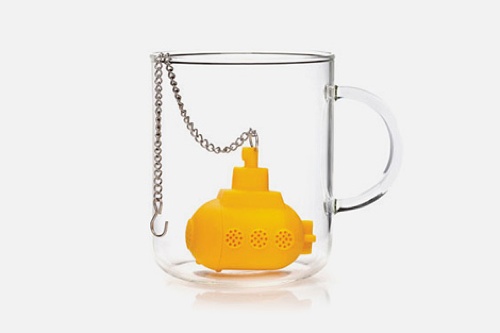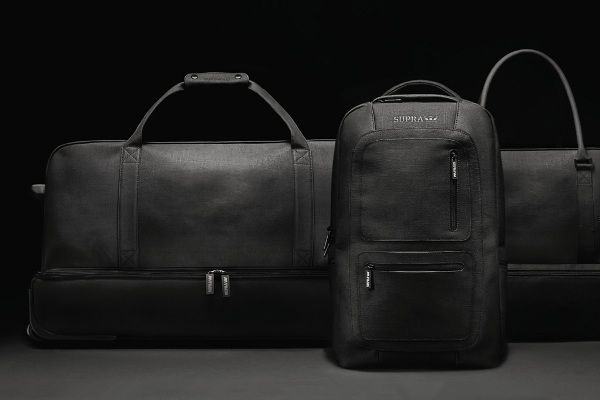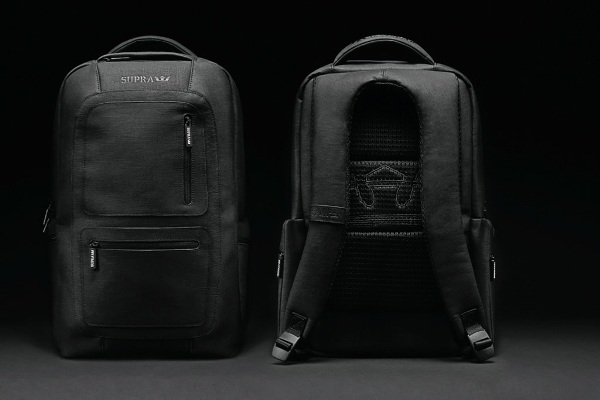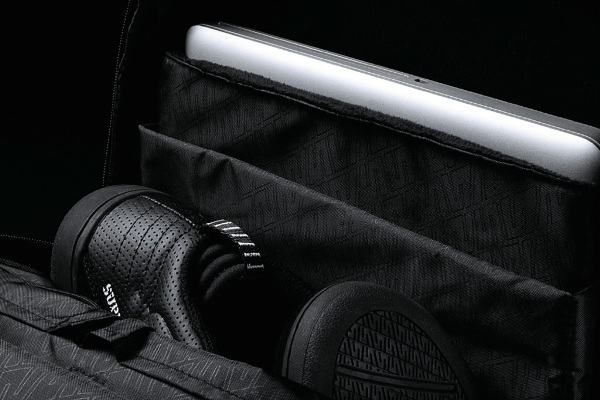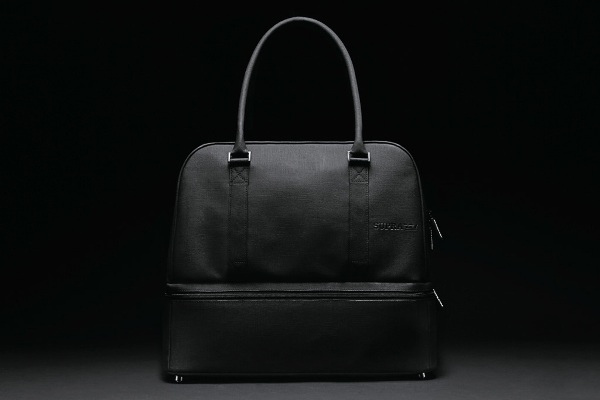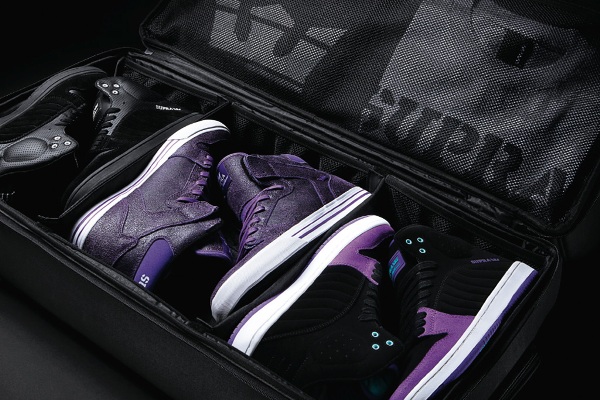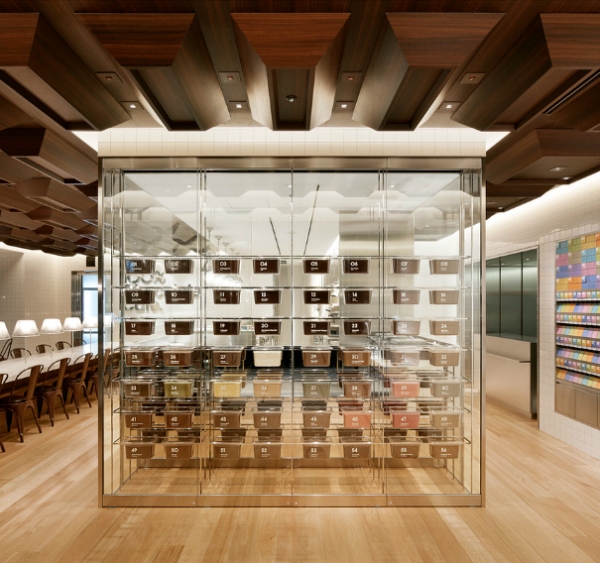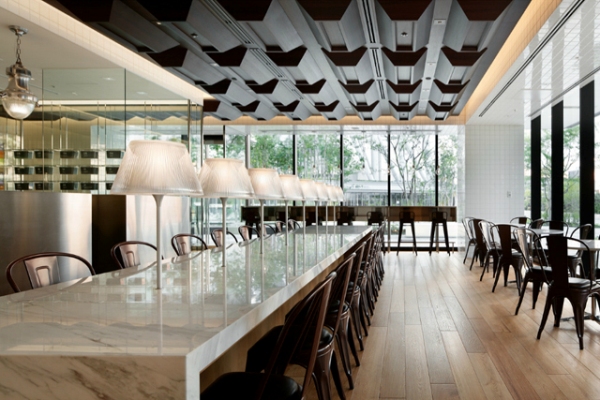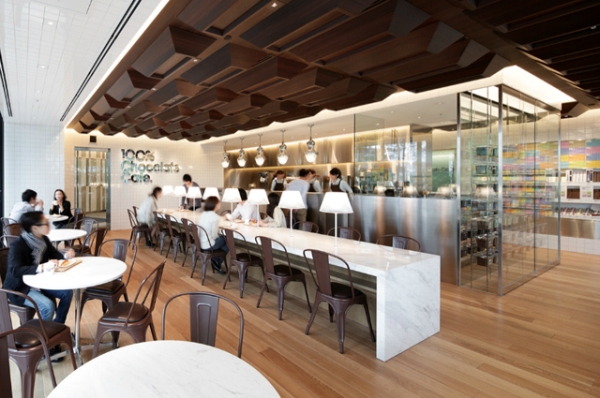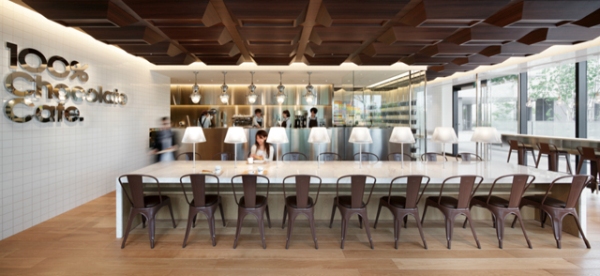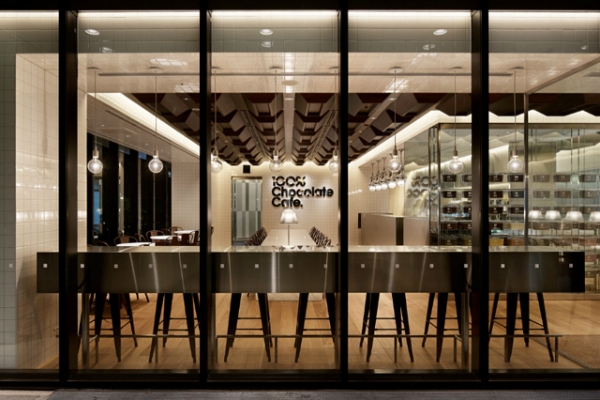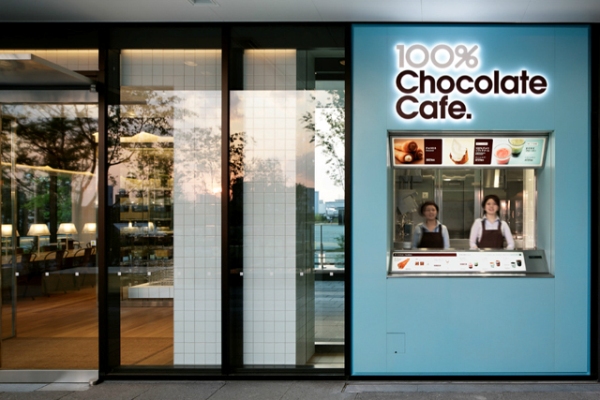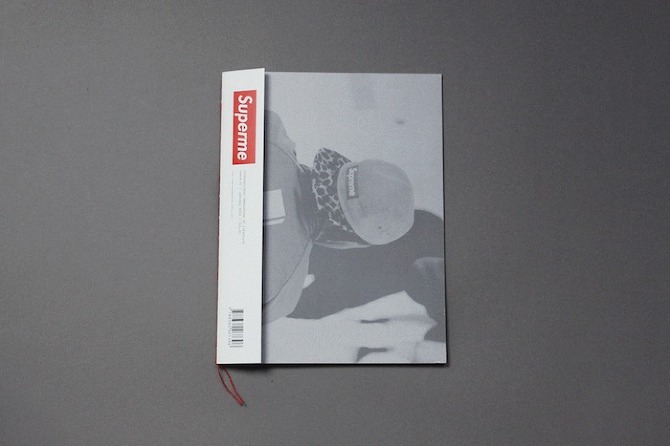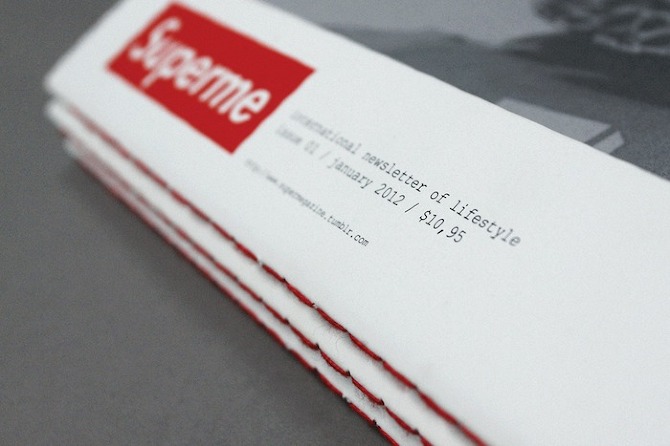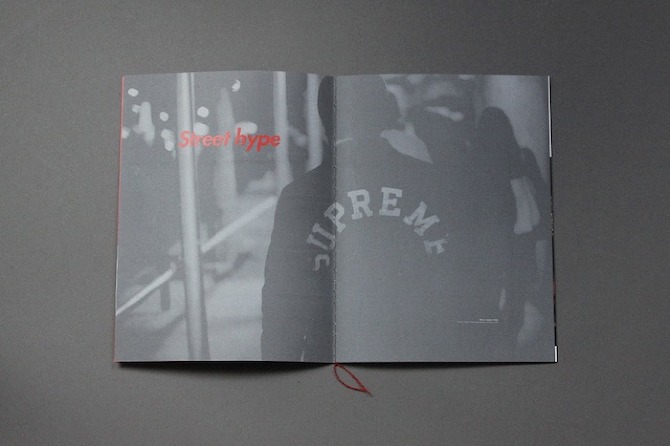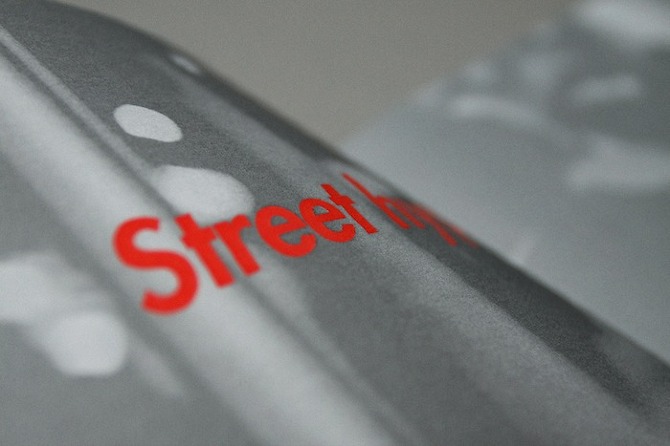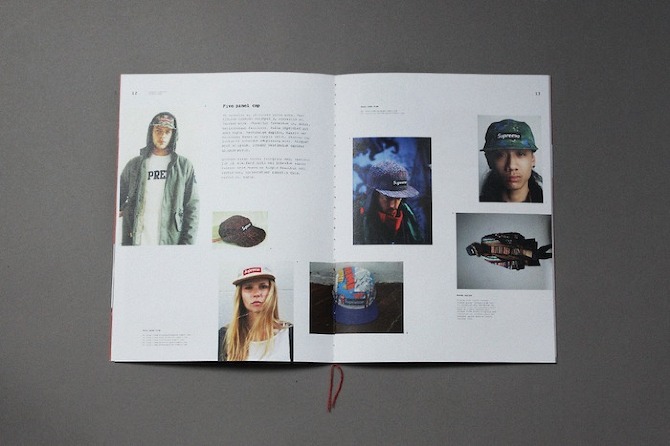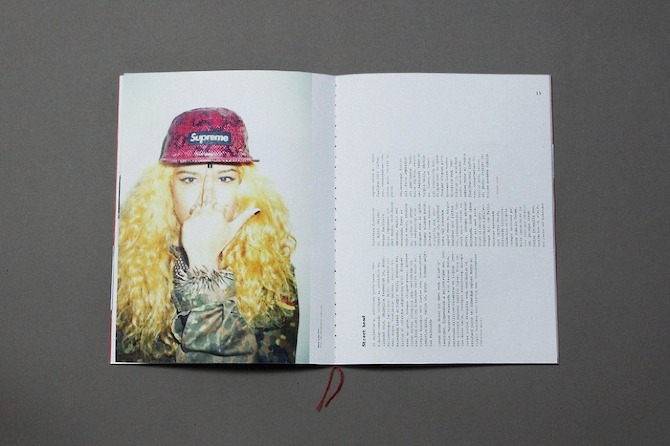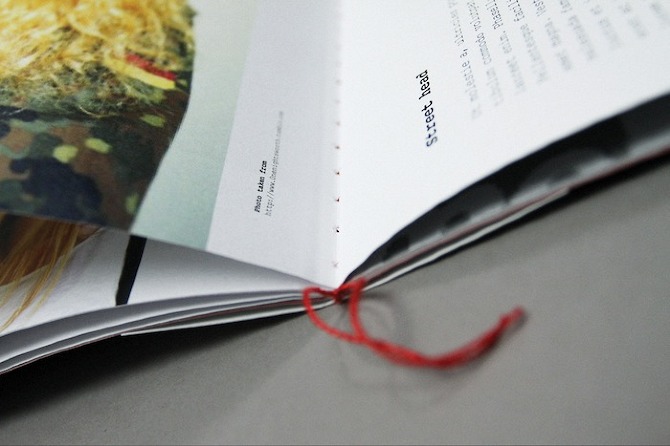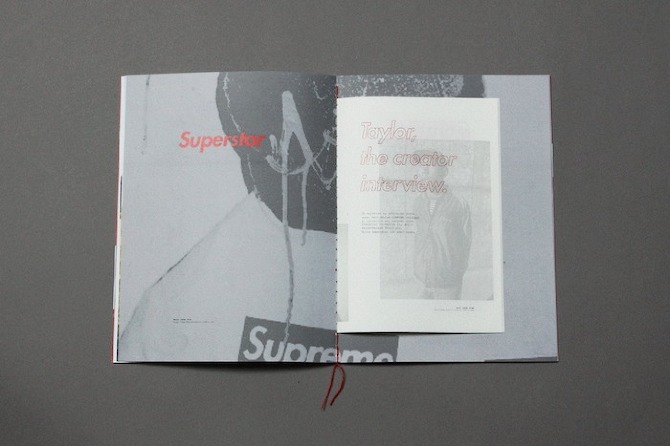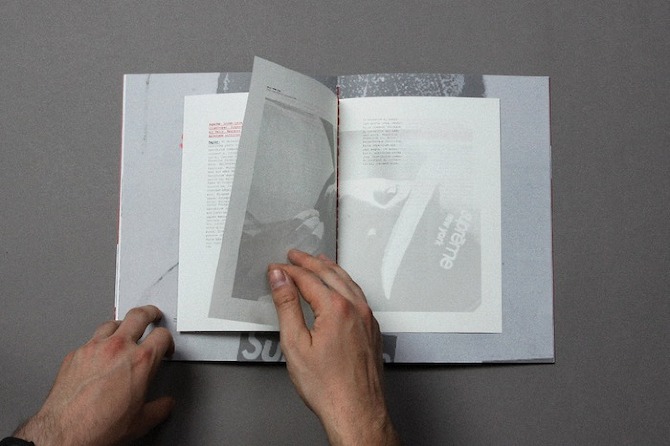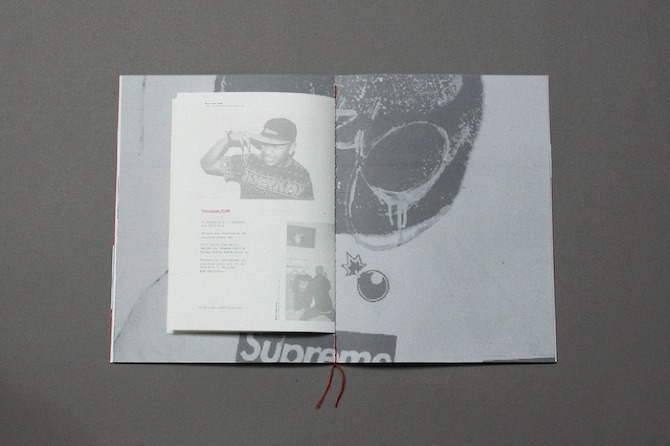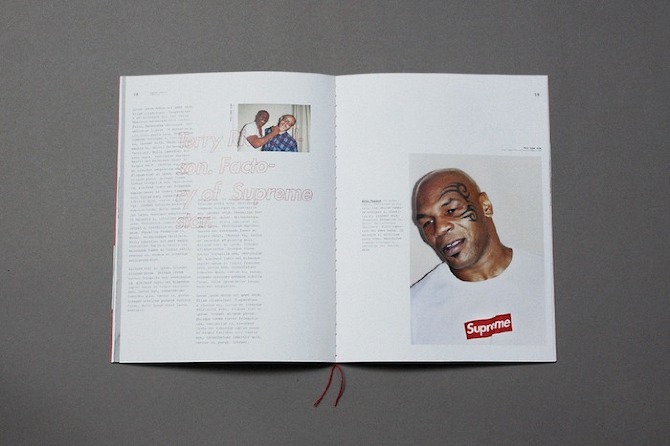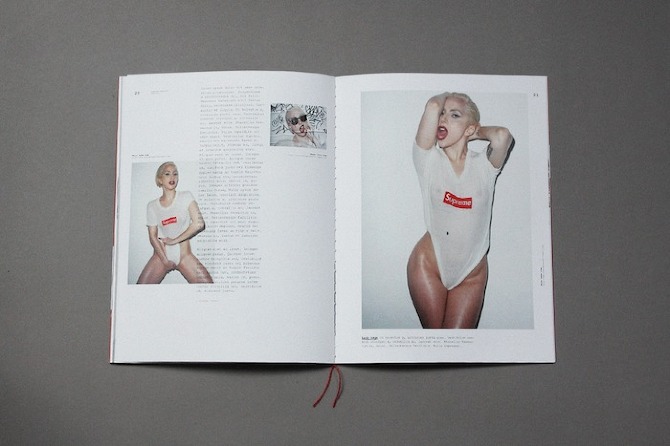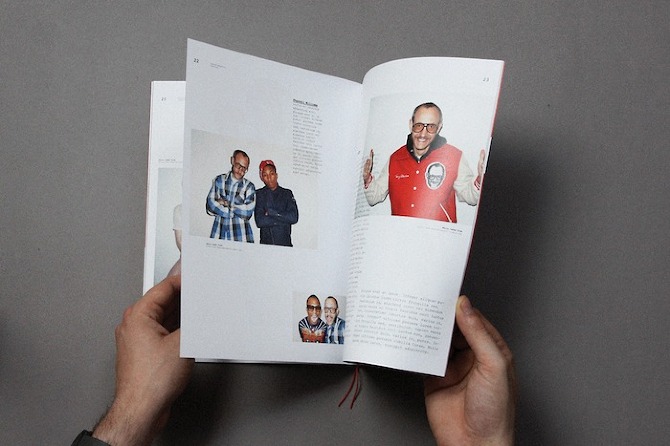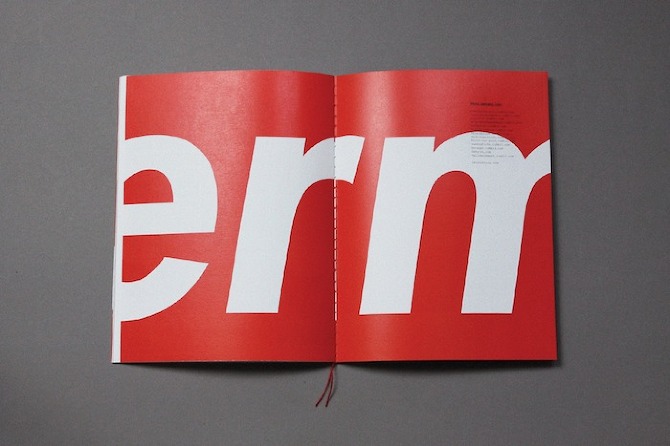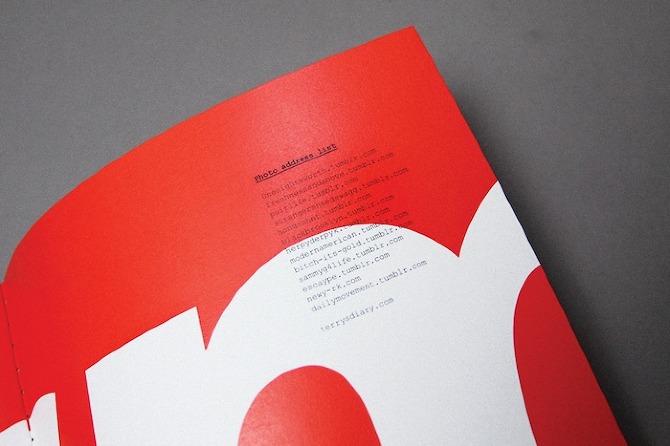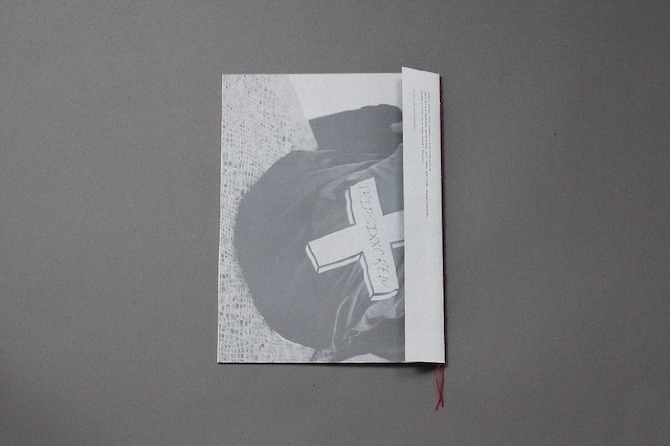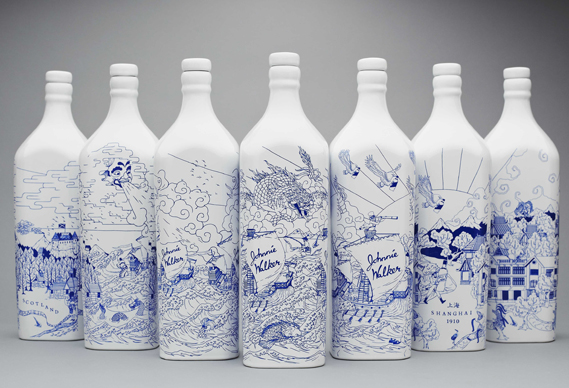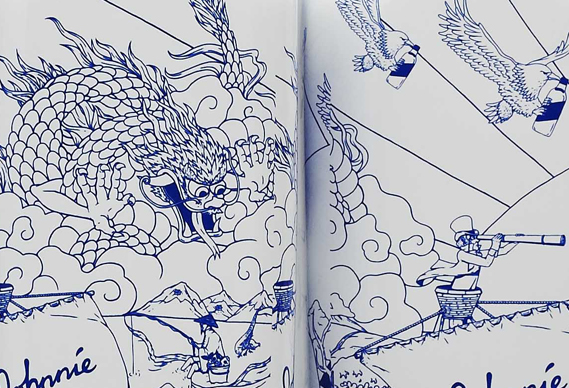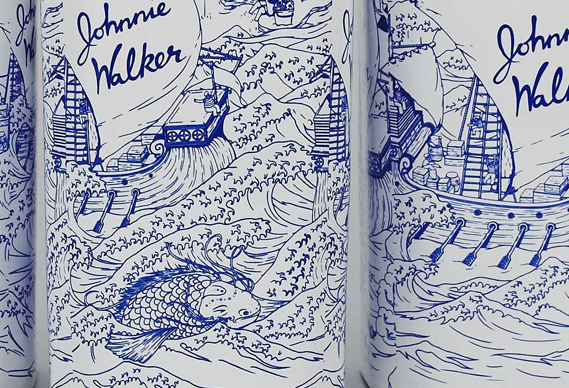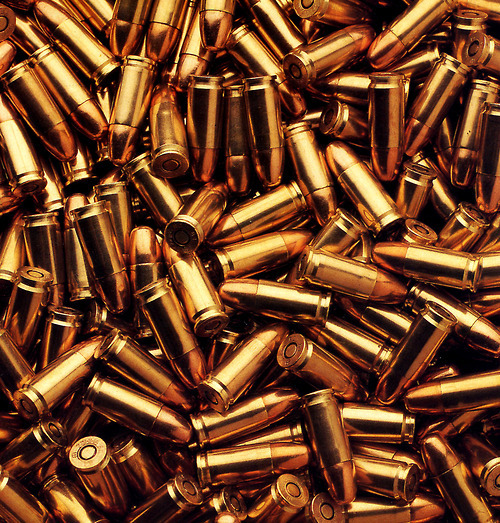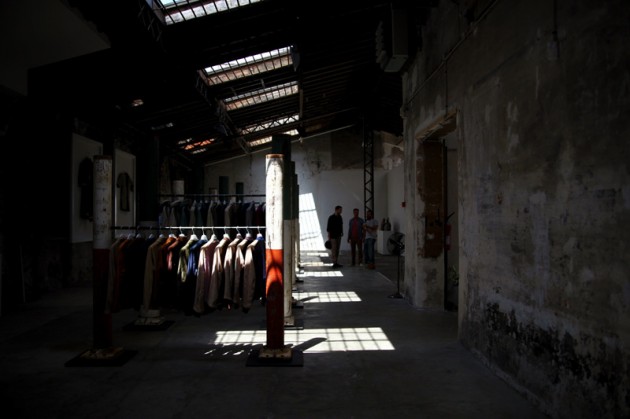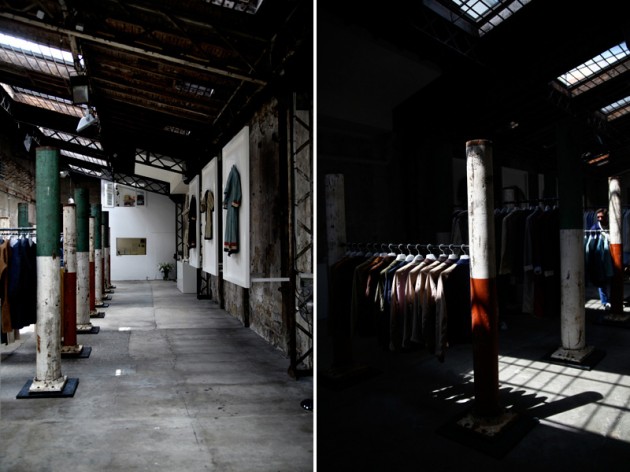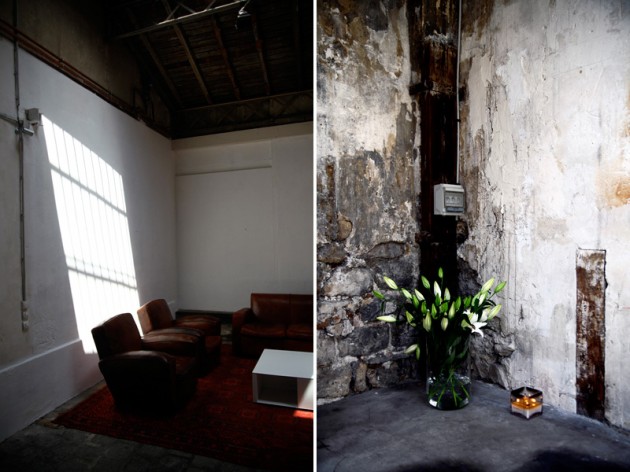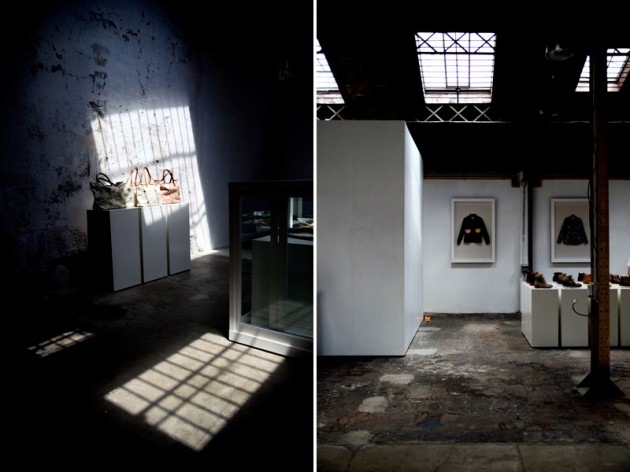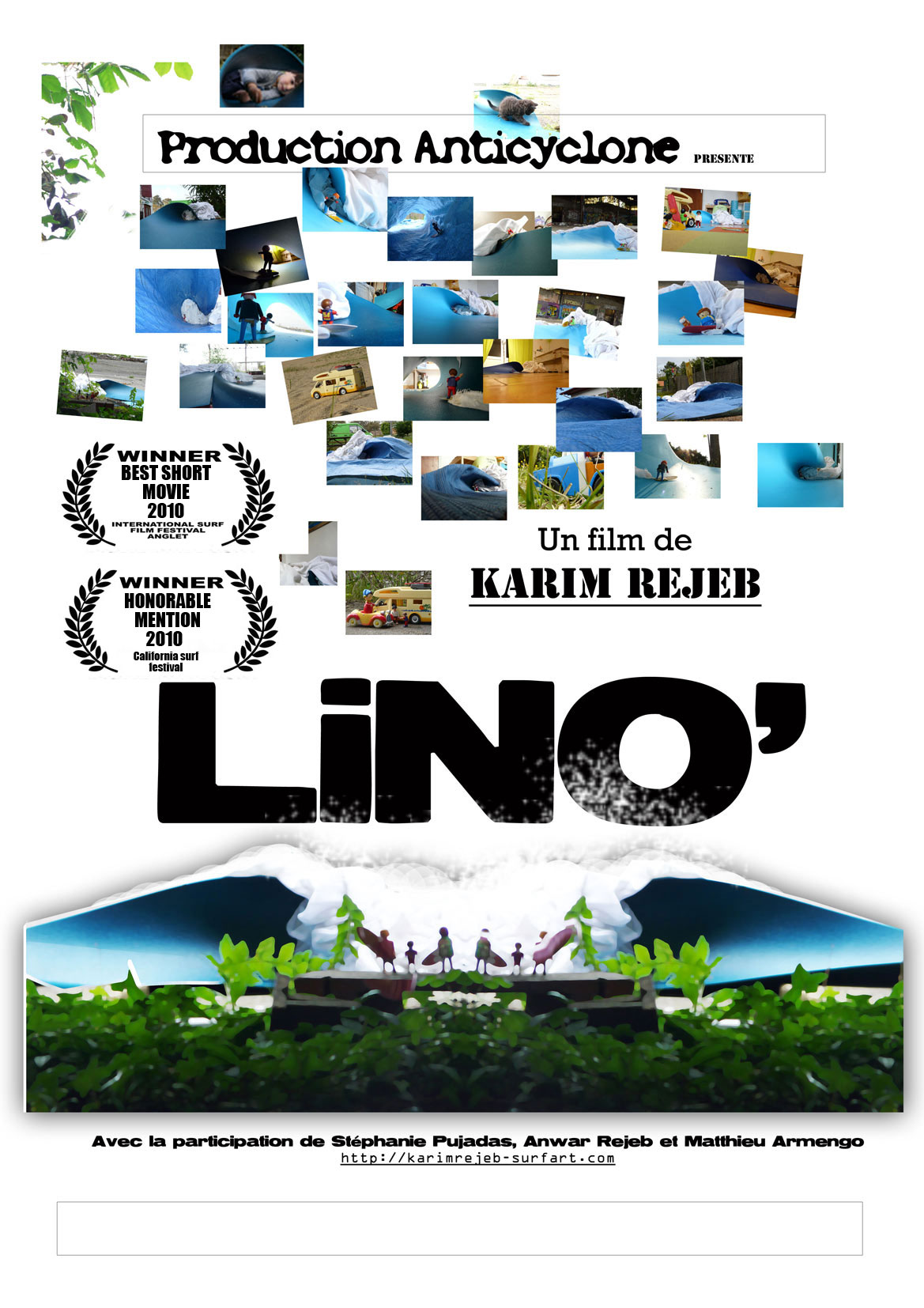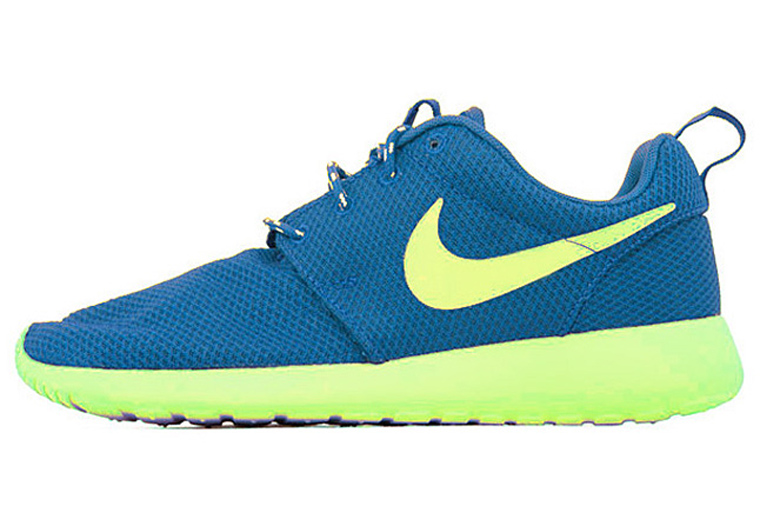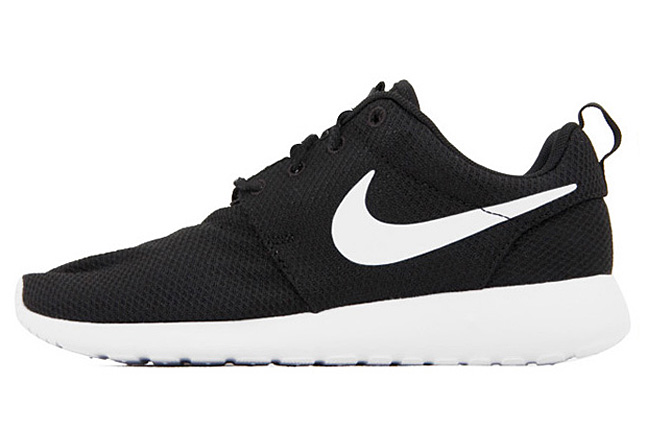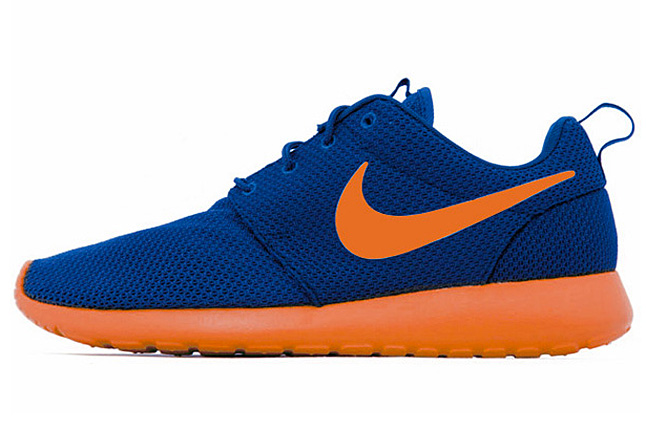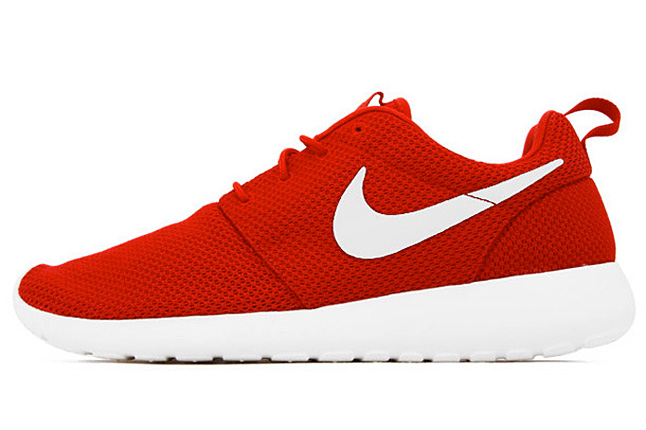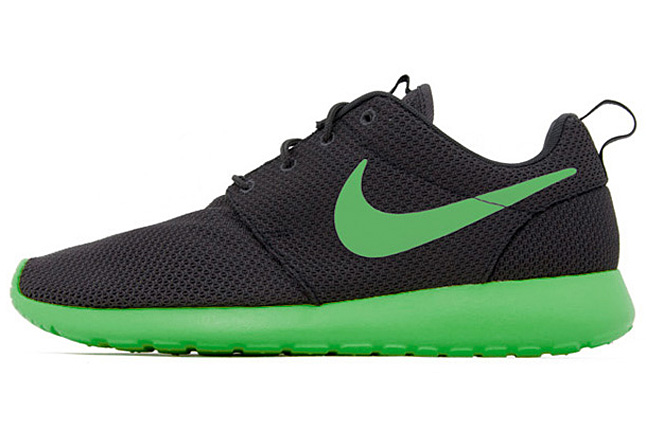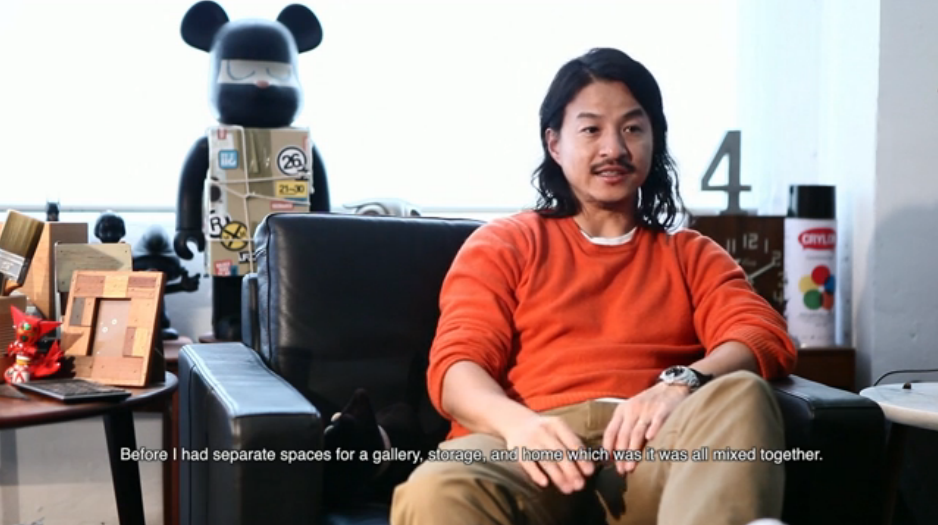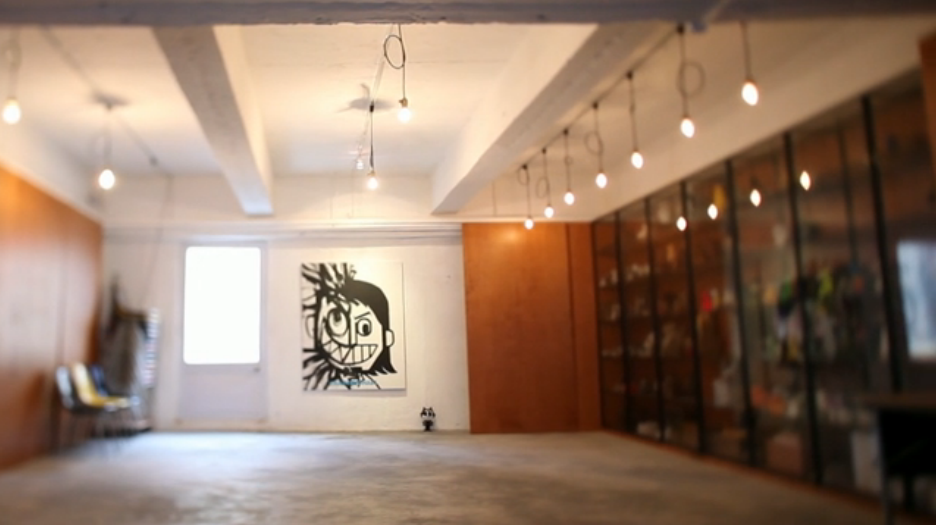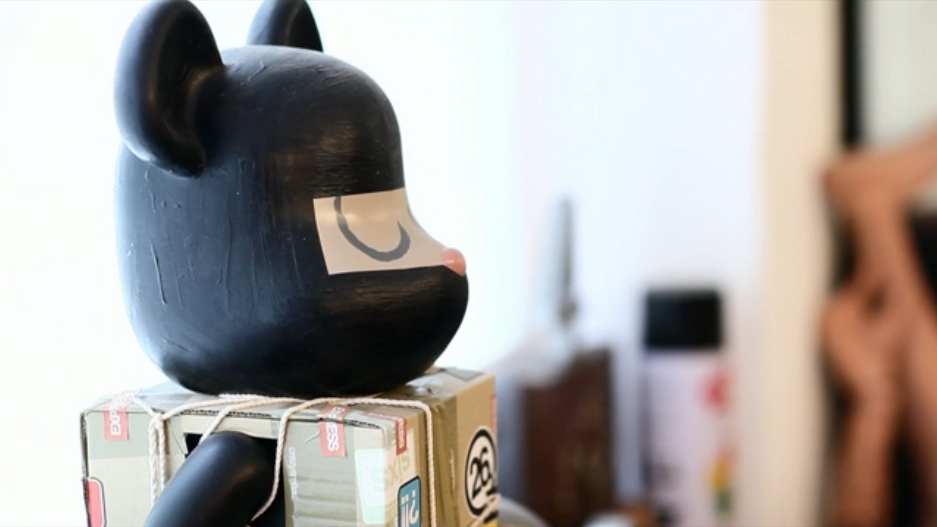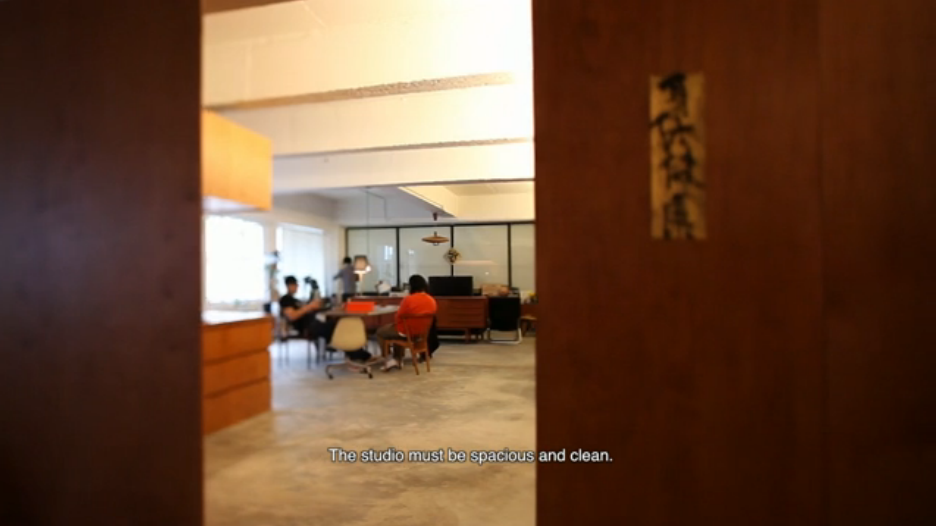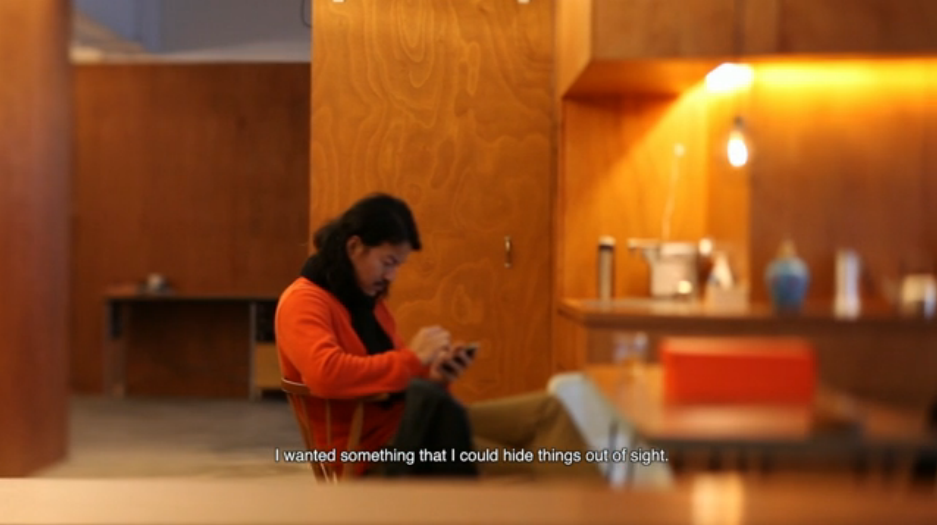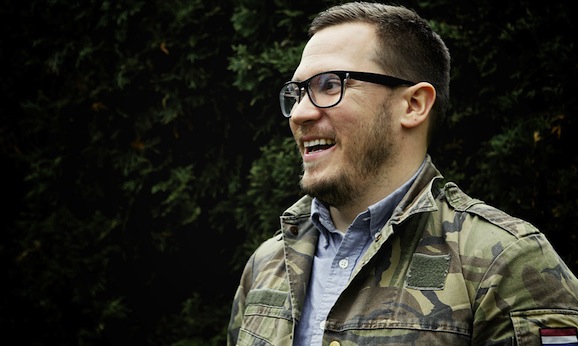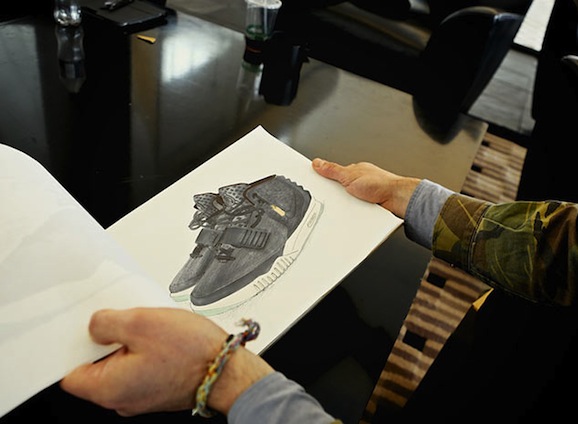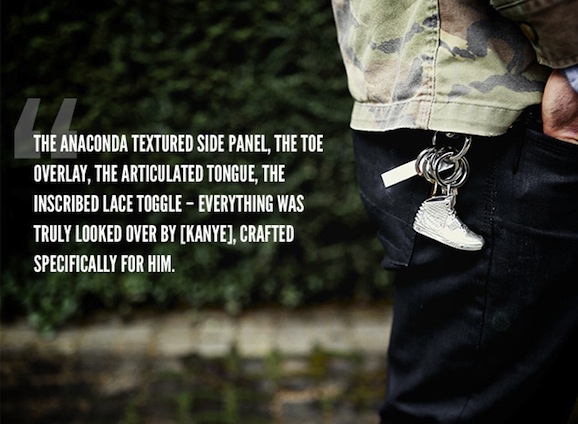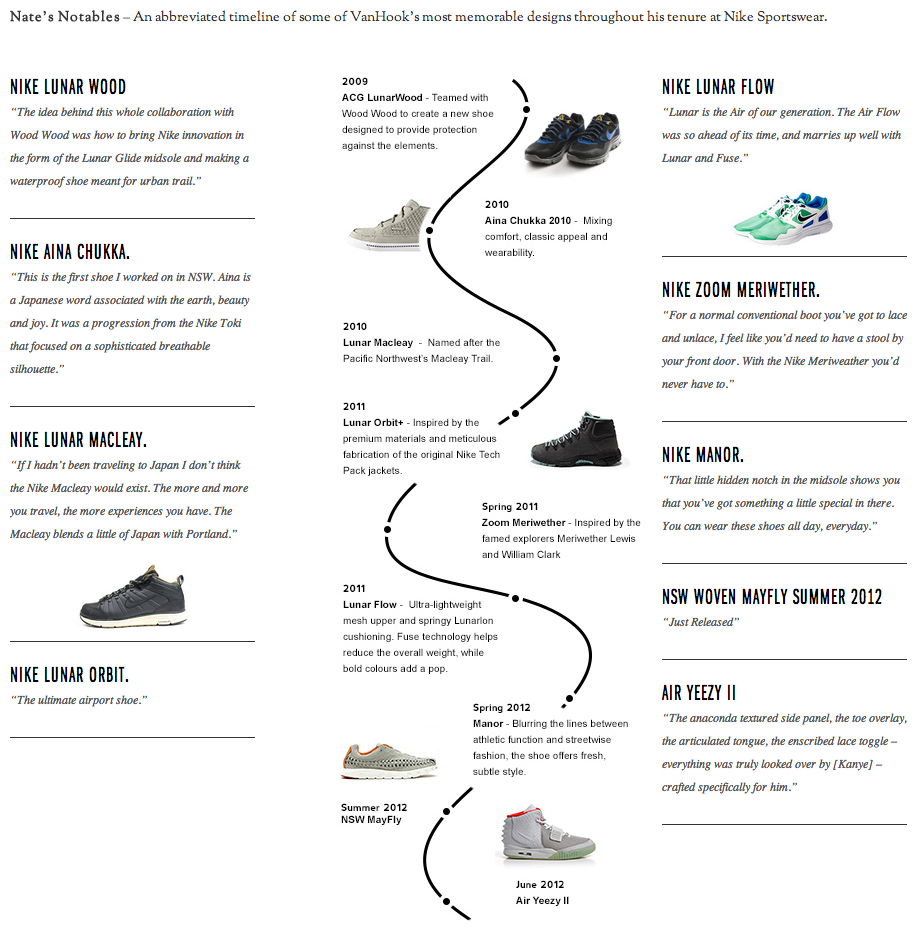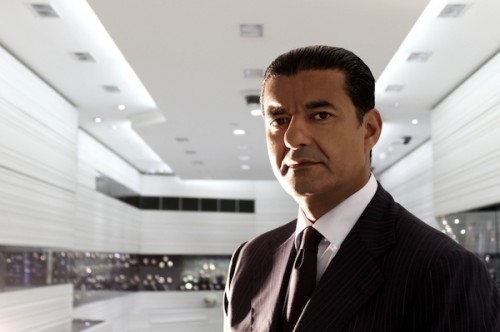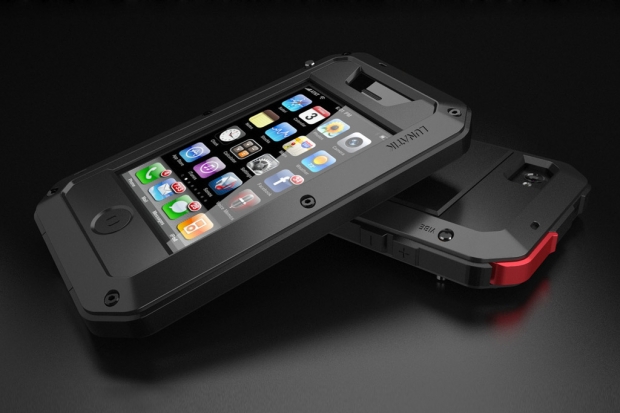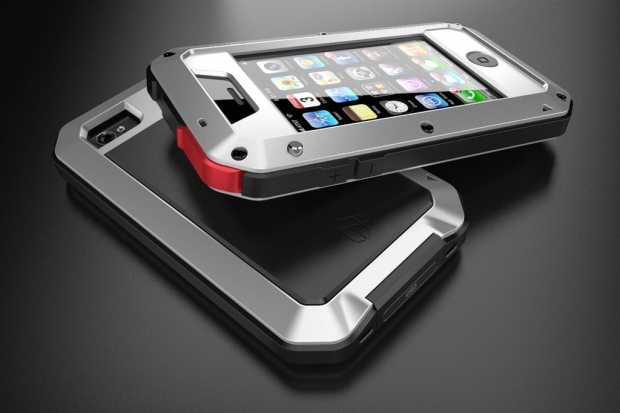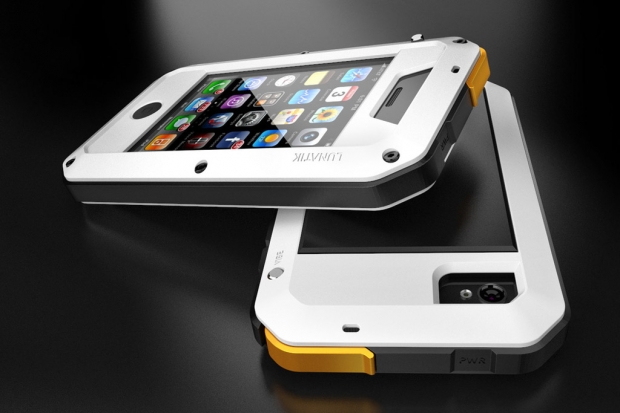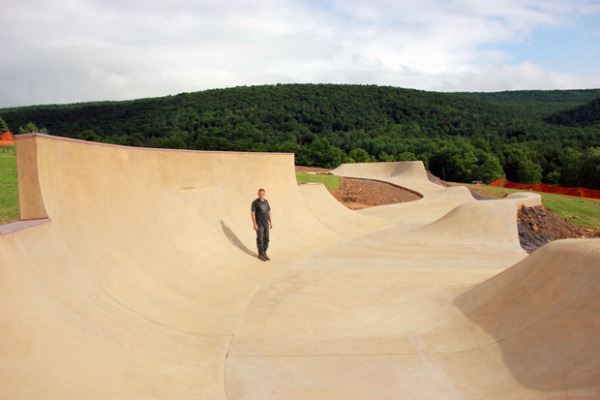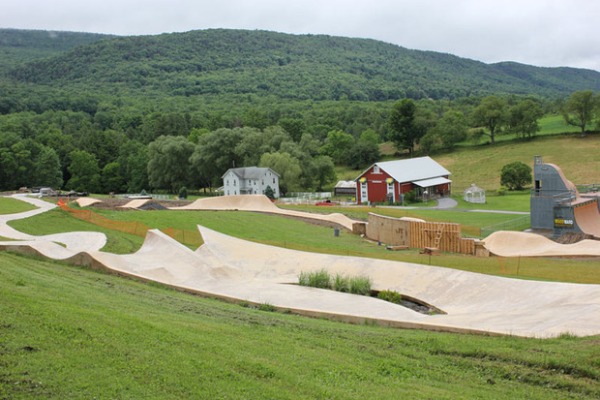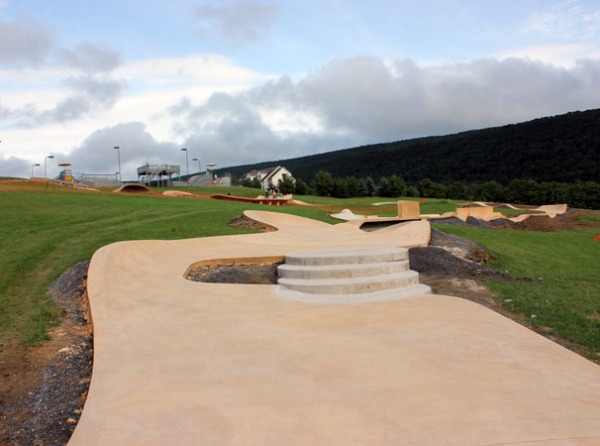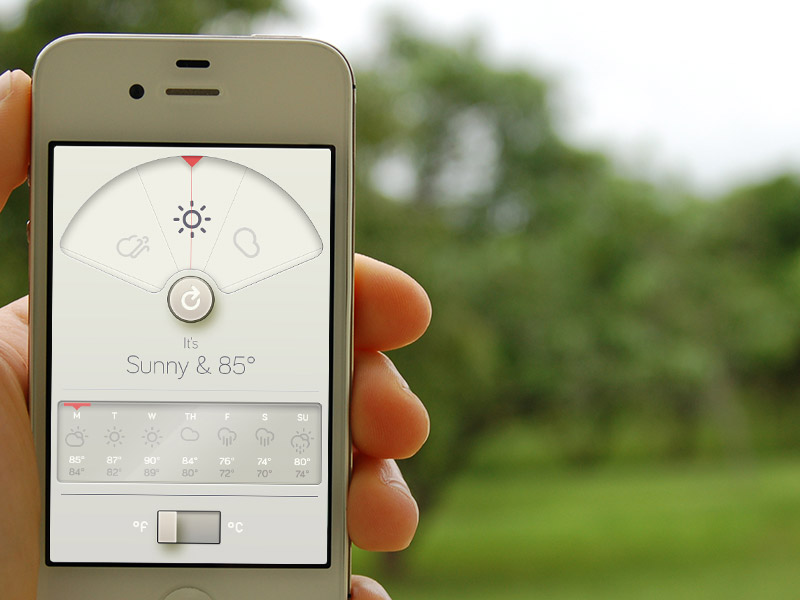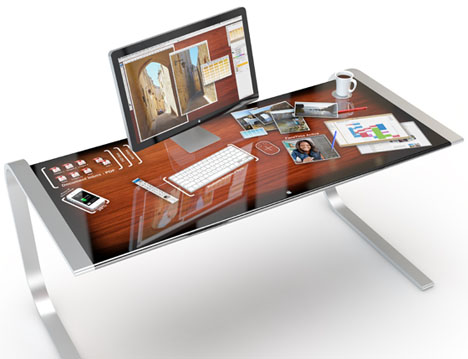Category Archives: DESIGN
Tea Submarine
The TeaSub submerges tea leaves to the bottom of your cup creating the perfect infusion of your favorite brew. This cheerful infuser makes drinking loose leaf tea as easy as using teabags – fill the infuser’s compartment with loose tea and enjoy! Dishwasher-safe.
Supra Luggage Collection
SUPRA is set to release a new luxury luggage collection. A matte black and waterproof collection includes a duffel bag, back back, rolling bag and shoulder bag perfect for traveling. Each bag’s exterior is engineered to withstand the wear and tear of traveling by incorporating an abrasion proof material.
100% Chocolate Cafe in Tokyo
The 100% Chocolate Cafe on Tokyo is a mod contemporary chocolate boutique that takes their love for the sweet stuff to a new level. Long marble block tables are available to enjoy the delectable treats after touring the retail portion of the shop. The real magic takes place in the chocolate kitchen where the chefs create the exquisite chocolate candies. The ceiling of the building mimics a large chocolate bar and is complemented by the neutral tones and colors used on the interior of the building. This specialty store’s stylish design and tasty product really does make it sweet.
100% Chocolate Cafe
Tel: 03-3273-3184
Weekdays: 8AM – 8PM
Saturday, Sunday, and holidays: 11AM – 7PM
Superme Magazine by David Blazewicz
Supreme magazine is a semester project carried out at the Academy of Fine Arts in the publishing studio. Printed in six copies on offset paper Antalis – Olin Rough. Magazine layout is based on the New York brand Supreme.
Editorial and Typography Design Studio: prof. Sławomir Kosmynka
Paper: Antalis – Olin Rough Cream 80g / Olin Rough High White 100g
Bindery: Łukasz Zbieranowski
Photos: Courtesy of David Błażewicz
Johnnie Walker x LOVE Creative Agency
As part of their design of a new ‘experience space’ in Shanghai for whisky brand Johnnie Walker, creative agency LOVE created a series of commemorative edition bottles, referencing the Chinese decorative style of blue and white porcelain. In LOVE’s first project for Diageo Asia, the Manchester-based agency worked with interior designers, Asylum, on the look of the Johnnie Walker House which is set to open in Shanghai. The four story house will be used to market Scottish whisky to Chinese consumers and tell the story of the brand’s history through interactive installation made from materials used in the whisky-making process.
Bullet Designs
Bullet designs have to solve two primary problems. They must first form a seal with the gun’s bore. If a strong seal is not achieved, gas from the propellant charge leaks past the bullet, reducing efficiency. The bullet must also engage the rifling without damaging the gun’s bore. Bullets must have a surface which will form this seal without causing excessive friction. These interactions between bullet and bore are termed internal ballistics. Bullets must be produced to a high standard, as surface imperfections can affect firing accuracy.
The physics affecting the bullet once it leaves the barrel, is termed external ballistics. The primary factors affecting the aerodynamics of a bullet in flight are the bullet’s shape and the rotation imparted by the rifling of the gun barrel. Rotational forces stabilize the bullet gyroscopically as well as aerodynamically. Any asymmetry in the bullet is largely canceled as it spins. With smooth-bore firearms, a spherical shape was optimum because no matter how it was oriented, it presented a uniform front. These unstable bullets tumbled erratically and provided only moderate accuracy, however the aerodynamic shape changed little for centuries. Generally, bullet shapes are a compromise between aerodynamics, interior ballistic necessities, and terminal ballistics requirements. Another method of stabilization is for the center of mass of the bullet to be as far forward as is practical, which is how the Minié ball and the shuttlecock are designed. This allows the bullet to fly front-forward by means of aerodynamics.
See Terminal ballistics and/or Stopping power for an overview of how bullet design affects what happens when a bullet impacts with an object. The outcome of the impact is determined by the composition and density of the target material, the angle of incidence, and the velocity and physical characteristics of the bullet itself. Bullets are generally designed to penetrate, deform, and/or break apart. For a given material and bullet, the strike velocity is the primary factor determining which outcome is achieved.
visvim Spring/Summer 2013 Collection Showroom
Japanese brand visvim presents every season its collection during Paris Fashion Week for its international clients. Setup in the center of the Marais district in Paris, a visit to the showroom is always a highlight.
Perfect Holiday by Karim Rejeb
NIKE ROSHE RUN (AUTUMN 2012)
The brainchild of Nike Sportswear designer, Dylan Raasch, has swept sneaker aficionados off their feet this year. Being light, breathable, comfortable and ultra-simplistic are what steers the appeal for the Roshe’s, not to mention a wallet-pleasing price tag of $70.
Yves Saint Laurent to become Saint Laurent Paris. WTF?!
I read a few weeks ago that Yves Saint Laurent was changing their name to Saint Laurent Paris under Hedi Slimane’s new creative vision. I’m waiting with baited breath to see how they pull this renaming and rebranding off. Especially since it’s referred to as ‘YSL’ this days. ‘SLP’ just doesn’t have the same ring to it. There’s still a while until the change takes place, supposedly happening in Spring 2013 when Hedi’s first line hits stores.
City Hall: The Ghost Subway Station of New York
It was supposed to be the showpiece of New York City’s new subway system. Stained glass windows, skylights and brass chandeliers adorned its curved walls and arched ceilings. According to Daily Mail, City Hall station was unexpectedly closed to the public a mere 41 years after opening its doors in 1904. In photographs by John-Paul Palescandolo and Eric Kazmirek.
It was once the southern terminus of the Interborough Rapid Transit (IRT), which ran from City Hall all the way north to 145th Street along Broadway. The station features stained glass windows, skylights and brass chandeliers, which adorn its curved walls and arched ceilings. Now passengers can stay on the 6 train and watch the train make its turnaround, seeing the interior of the beautiful station for themselves. The pride and joy of the underground soon gathered dust and became long forgotten, a mere turning point for the 6 train which runs from Pelham Bay Park to Brooklyn Bridge. Its curved tracks were deemed unsafe for the new, longer trains, and, as it was less busy than nearby Brooklyn Bridge station, authorities decided to shut it down. City Hall was designed by Valencian architect Rafael Guastavino and is unique among the original IRT stations.
HBTV: A Look Inside Michael Lau’s Workspace in Hong Kong
Michael Lau has been a long time idol of mine for his design work from some of the first vinyl figurines I bought to working with such brands as Nike. In this interview, you get to see where the magic happens as he takes you through his new workspace. As a fellow Hong Kong resident, he makes some great points about working and living in Hong Kong and how it affects your design and scale.
I hope to visit it soon.
The Hue Interviews the Nike Air Yeezy 2 Designer
The Hue Interview –
WHAT WAS THE ROAD LIKE GOING FROM GETTING YOUR DEGREE IN PRODUCT DESIGN TO WORKING UP TO BECOMING A SR. FOOTWEAR DESIGNER AT NIKE, NSW?
After graduating from Philadelphia University in Product Design, I was an Art and Design Teacher for a year. I later freelanced as a furniture designer in Los Angeles, which evolved to designing wetsuits and design direction with a surf company for five years. I enjoyed surfing and the culture while traveling in California and Australia. It was a great experience designing performance products that were very utilitarian and adhered to the adaptability of the environment. We became very driven towards researching less environmentally impactful materials, manufacturing and processes.
While living in LA I started creating street installations and artwork for gallery shows in the US and Europe. I was interested in pursuing it full time, and was accepted to Central St. Martins in London to get my Master’s of Fine Art. During the same time I had noticed the great work NSW was doing, and seeked out opportunities with Nike as well. Fortunately a door opened at Nike and I was packing my bags for Portland instead of London.
THE TITLE, SENIOR FOOTWEAR DESIGNER AT NSW, IS A MONIKER REVERED BY BOTH ASPIRING DESIGNERS AND SNEAKERHEADS IN GENERAL. IN A NUTSHELL, WHAT DOES YOUR CURRENT ROLE ACTUALLY ENTAIL?
In my role I work together with a talented team of designers and help shape the products that release each season under NSW. Our goal is to create product that is lightweight, seasonally relevant, and very wearable. We challenge ourselves to create new products that help solve a problem with design by using new materials and techniques. By offering feedback and learning from one another we are able to create something fresh and new.
CAN YOU SPEAK ON THE CULTURE AND TALENT ENVELOPED IN THE NIKE CAMPUS IN BEAVERTON, OREGON?
The Nike Beaverton campus is very diverse with talent traveling from all over the world to work at Nike. It is truly amazing. I am constantly inspired by seeing what others are working on and learning about how they approach certain problems. You constantly grow and evolve as a designer when you are exposed to what others are doing, taking bits and pieces here and there to add to your experience and expertise.
THE NOTION OF “CRAFTED QUALITY GOODS” HAS ALMOST BECOME A TREND IN MANY WAYS. WHAT IS YOUR PERSPECTIVE ON THE RELATIONSHIP BETWEEN INNOVATION AND CLASSIC DESIGN OR FUTURISM VERSUS HERITAGE?
Heritage and Innovation are hand in hand, you can not build something new without knowing the past. When designing I always like to bring some of Nike’s rich DNA into a shoe. You have this great history of products from 1972 to the present that you can sample through like a DJ.
YOU HAVE ADOPTED THE PHRASE “IT’S A PROCESS” AND THE “METHODS OF MAKING” INTO YOUR VERNACULAR AS A DESIGNER, CAN YOU EXPAND ON THOSE TWO NOTIONS?
The process that goes into designing a product is what it is all about. All the mistakes and learnings constantly build upon each other to make each future project better. The process that went into each piece is as interesting as the final product.
I LIKE THAT THERE’S LESS BRANDING WITH MANY OF THE SHOES THAT YOU HAVE DESIGNED.
That’s a design aesthetic used for certain models, I like to play up the design and integrate the branding in a subtle way.
WE UNDERSTAND THAT JAPAN HAS BEEN INFLUENTIAL IN SHAPING YOUR THOUGHT PROCESSES IN DESIGN. WHAT ARE THE ADVANTAGES FOR YOU IN TRAVELLING TO EXPERIENCE THEIR CULTURE AND INJECTING THAT INTO YOUR OWN WORK?
Japan has had a huge influence in my design process. Just in the way of thinking, the attention in detail, and the level of pride that is taken in every task. It’s engrained in culture. It’s truly fascinating to go to Tokyo, a place with 12 million people and there’s no trash on the sidewalk.
I’M CURIOUS TO KNOW IF THERE ARE ANY OTHER FOOTWEAR BRANDS THAT YOU LIKE AND/OR PAY ATTENTION TO.
As a designer, I’m not interested in other brands because that’s not going to help me create anything new. I’m looking at futuristic architecture, furniture, fine art, and sculpture, and things that are around me everyday. I am really interested in new methods of making. We’re working in the future; this stuff is “delivered from the future in a cardboard box”.
IF THERE WERE ONLY ONE SHOE THAT YOU COULD WEAR FOR THE REST OF YOUR TIME, WHAT WOULD IT BE?
It would be the Nike Woven Footscape Chukka. It’s super breathable and there’s nothing added– just bare bones, while having performance cushioning and flexibility in it’s midsole.
ALTHOUGH THIS MAY NOT BE IN YOUR FORESEEABLE FUTURE, WHEN ALL IS SAID AND DONE, HOW DO YOU WANT PEOPLE TO DESCRIBE YOU AND YOUR CAREER AS A DESIGNER?
If I am remembered for being a good dad and husband that is cool with me. As a designer I want people to look at what I have created and hopefully enjoy some of it; realizing that I took some risks and thoroughly enjoyed what I was doing.
Words & Interview by Justin Lintag
Design & Photographs by Mario Soriano
Diamond Way: Jacob Arabo of Jacob & Co.
One of the jewelry industry’s most famous jewelers and hip-hop’s most sought after, Jacob Arabo has carved out a niche for himself as multi-faceted as the custom pieces he sells. Here, he takes Life+Times through his New York City store and discusses the artistry in his work.
LUNATIK (TAKTIK) iPhone Case by MINIMAL Inc.
Chicago-based design studio MINIMAL Inc. has released images of their latest project, the “taktik” iPhone case. The robust case attempts to encapsulate those essential protective details that are often overlooked. A shockproof suspension system enclosed between two anodized aluminium bezels ensures waterproofing, while the option of including a gorilla glass lens further protects the screen. The device’s headphone port is made with aircraft grade anodized aluminum and the case offers a dedicated button for the silence function on the phone that lies within. Minimal is currently seeking funding for “taktik” through a kickstarter program, with an expected production date of mid-August.
Camp Woodward’s Snake Run by California Skateparks
Designed to mimic the sloping school yards and dried concrete waterways of Southern Califorinia, where skateboarding’s roots reach deepest, the snake run is the most fundamental form of all skatepark designs. While most snake runs are characterized by a long narrow path—or ditch—flanked by banks and berms to channel the rider through without pushing, the freshly poured concrete at Pennsylvania’s legendary campWoodward resembles something significantly gnarlier. Designed and constructed by California Skateparks, arguably the world’s best skatepark builders, Woodward’s snake run stretches over 1,000 feet punctuated with head high jumps and quaterpipes.
Since welcoming BMX riders in 1980, Woodward has become the most recognizable name in action sports facilities. While the camp has always been about innovation, the construction of the 20,050-square-footTarget Plaza by California Skateparks in 2009 marked the end of an era dominated by wooden ramps, proving a dedication to staying ahead of the curve in terms of concrete skateboard and BMX park design. Now, with the completion of phase two of the snake run, Woodward is returning to skateboarding’s roots while still keeping an eye on progression.
By building the snake run in phases, California Skateparks is able to adjust their designs on the fly, adding or removing features at will. Even with all the pieces connected after more than 10,000 man hours, Kimler still sees the project as a work in progress. “Next year we can continue to add,” he says. “Maybe we need pocket here, lip there, berm here—it’ll get created, whatever’s awesome.”
WTHR, a Dieter Rams inspired weather app
Apple x Microsoft Desktop Touch Concept
Maclife magazine illustrator Adam Benton made up a couple of concept renderings of what Microsoft’s Surface technology would look like wrapped in an Apple package, driven by Apple software. Although we will never see these two companies come together. It’s a very cool idea.



